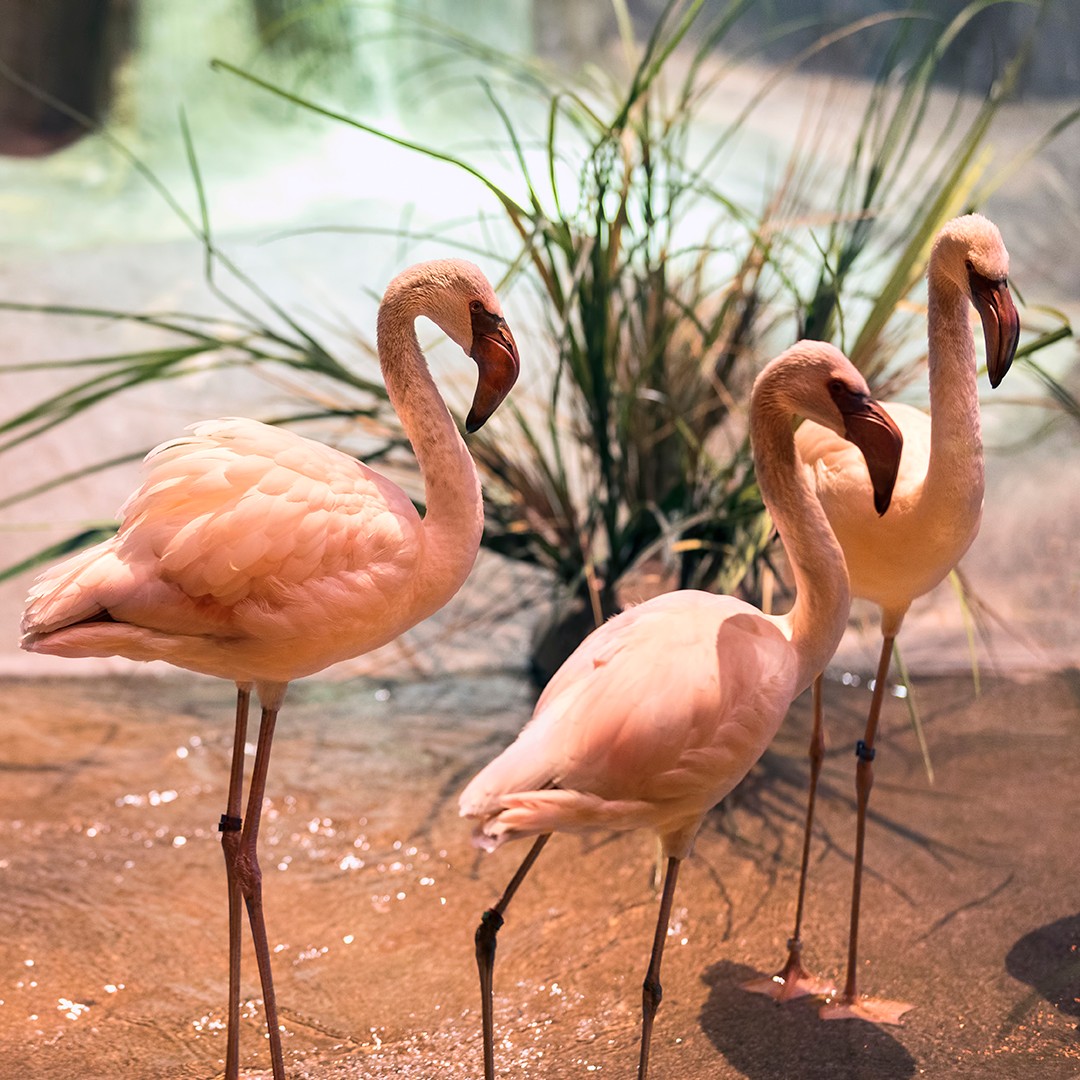- The importance of public voting in recognizing top aquariums and promoting conservation efforts.
- Criteria used to evaluate aquariums for such awards, highlighting their role in education, research, and community engagement.
- The impact of aquariums on wildlife conservation, focusing on captive breeding, research, and habitat restoration initiatives.
- Innovative aquarium designs and management practices that enhance visitor experience and animal welfare.
- Strategies for engaging the public in zoo and aquarium-related conservation efforts to foster a sense of environmental stewardship.
Public voting for the Best Aquarium is not only an opportunity for recognition but also a significant step in promoting wildlife conservation efforts. Today is your last chance to cast votes via the link in our bio before 11 a.m. CT. Public participation supports institutions dedicated to the preservation of marine life and environmental education. This process helps elevate the profiles of aquariums excelling in conservation, education, and community engagement, thereby intensifying efforts to protect aquatic biodiversity.
One fundamental element of this recognition involves understanding the criteria used to evaluate aquariums. These criteria often include educational outreach, conservation programs, animal welfare standards, and visitor engagement. By awarding aquariums that excel in these areas, we incentivize institutions to maintain high standards in research and conservation. Aquariums play a critical role as educational platforms, providing visitors with insights into marine ecosystems and the importance of preserving these delicate habitats. Public votes underscore the importance of these educational missions and reinforce community support.
Aquariums significantly contribute to wildlife conservation through initiatives such as captive breeding programs, research projects, and habitat restoration efforts. These programs are essential in preventing the extinction of endangered species and fostering biodiversity. Captive breeding helps to sustain population numbers, while research initiatives deepen our understanding of marine biology, aiding in the preservation of species in their natural habitats. Furthermore, aquariums often participate in global conservation projects, emphasizing their commitment to environmental stewardship.
Innovative aquarium designs and management practices enhance both animal welfare and visitor experience. Modern designs prioritize naturalistic environments that stimulate the physical and mental health of animals. Incorporating cutting-edge technology, such as interactive exhibits and virtual reality, aquariums create immersive experiences that educate and inspire visitors. These innovations help fuel public interest and support for conservation efforts by providing engaging and informative experiences.
Engaging the public in zoo and aquarium-related conservation efforts is crucial for fostering a lasting sense of environmental stewardship. Through volunteer programs, citizen science projects, and educational workshops, aquariums encourage community involvement in conservation. These strategies empower individuals to contribute to protecting our planet, fostering a broader cultural shift toward environmental responsibility.
In encouraging public voting, we highlight the impact of aquariums in conservation and education. By supporting these initiatives, we recognize and celebrate institutions that are working diligently to safeguard our marine environments. Today is the final call to place your votes for the Best Aquarium, an act that not only honors these institutions but also contributes to a sustainable future for aquatic wildlife.
*****
Source Description
Today is the last chance to place your votes for the Best Aquarium! Head to the link in our bio to do so before 11 a.m. CT!


